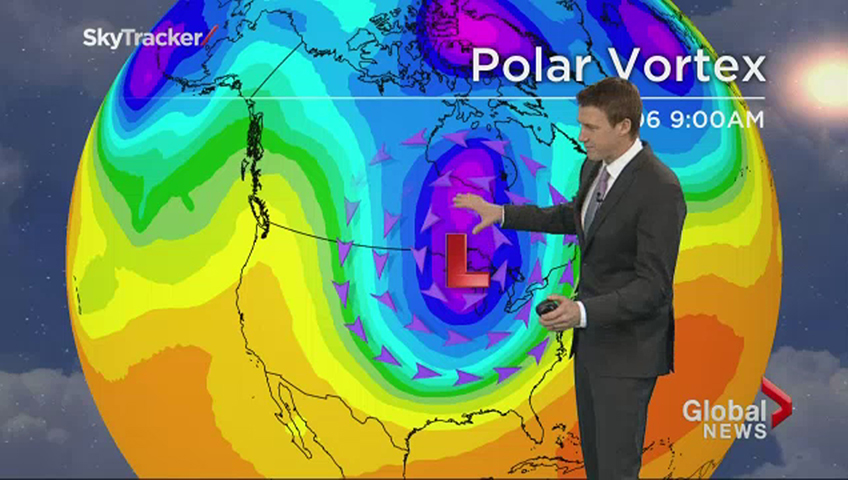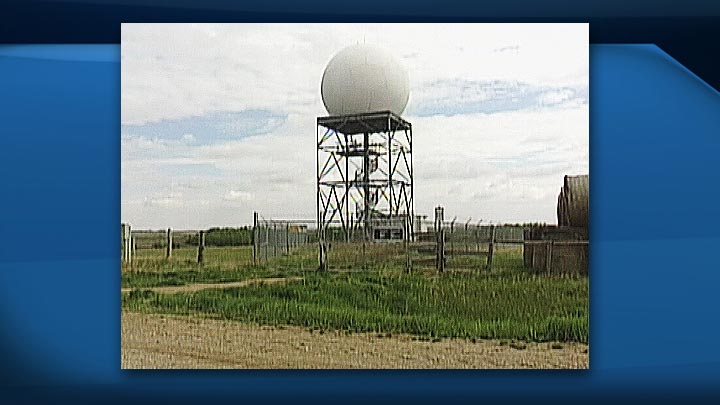TORONTO – Be kind to your local meteorologist today: it’s their day, after all.

Feb. 5 is National Weatherperson’s Day. The day commemorates American John Jeffries who was born on this day in 1744. He was one of the country’s first weather observers and began taking daily weather observations in 1774.
Though American, there’s no reason we can’t recognize the national day.
READ MORE: Environment Canada funding may help improve weather coverage
While still an imperfect science, forecasting has drastically improved over the past 150 years.
The first weather station in Canada was near Fort York, off the shore of Lake Ontario, with observations beginning on Jan. 1, 1840. It was moved to the University of Toronto after magnetism from guns interfered with the forecasting in September of that year.
George Kingston is considered the founder of Canada’s national weather service. Kingston, director at the Toronto Observatory at the University of Toronto, stressed the need for a national weather service. In 1871, the Dominion’s Department of Fisheries and Marine gave Kingston $5000 to set up the Meteorological Service of Canada.
But it was a deadly hurricane that struck Cape Breton in 1873 that made people see the need for a national service. Though meteorologists in Toronto knew about the cyclone, they were unable to warn residents of Cape Breton because lines were down. Ottawa recognized the need and began to fund a national weather warning service.
The tools of the trade were simple at first: anemometers (to measure wind speed, still used today), weather balloons (also still used today) and thermometers were used. Today, thousands of weather stations around the world using complex tools like Doppler radar and weather satellites from space give us a better way to forecast the weather.
The first on-air meteorologist was Percy Saltzman of the Canadian Broadcasting Corporation who hit the airwaves on Sept. 8, 1952. Saltzman later served as meteorologist with Global TV from 1980 to 1982.
Of course, meteorologists are off the mark from time to time. That’s because large-scale weather systems are harder to predict, particularly the further out they are. It’s generally understood that the forecast decreases in accuracy the further out you go in time.
So cut them a break today. Embrace your weatherperson. Because, though they may have gotten it wrong a few times, they likely also saved you many more.
To get real-time weather for your area, download the Global News Skytracker weather app.



Comments